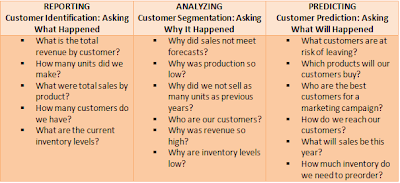Chapter 14 – E business

E BUSINESS Ø The internet is a powerful channel that presents new opportunities for organization to; § Touch customers § Enrich products and services with information § Reduce costs Ø How do ecommerce and e business differ? § Ecommerce – the buying and selling of goods and services over the internet § E business – the conducting of business on the internet including, not only buying and selling, but also serving customers and collaborating with business partners Industries Using E business E BUSINESS MODELS Ø E business model – An approach to conducting electronic business on the Internet Business-to-Business (B2B) Ø Electronic marketplace (E market place) – interactive business communities providing a central market where multiple buyers and sellers can engage in e business activities. Business-...


